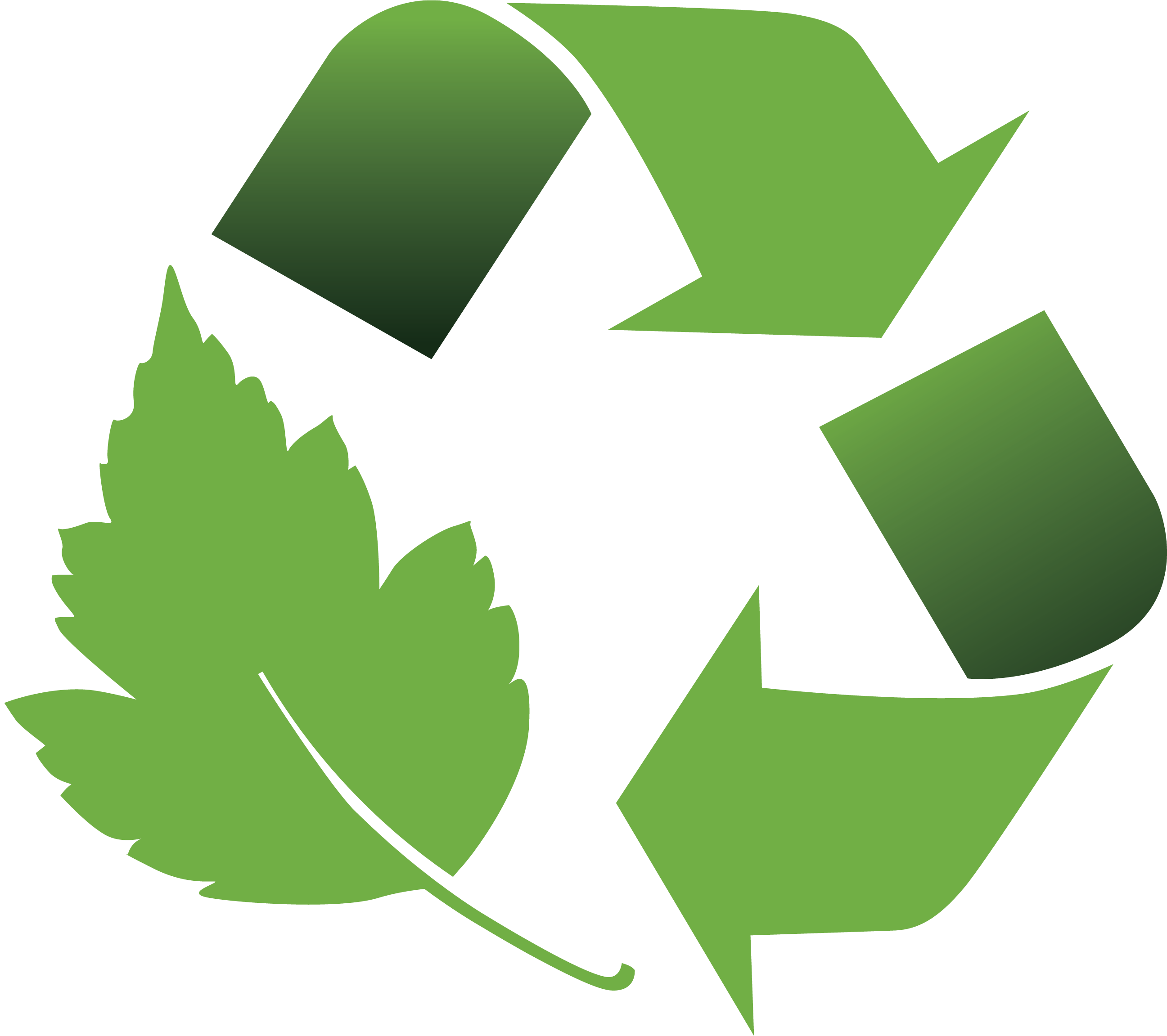Tarnish & Corrosion: What's the Difference?

Tarnish & Corrosion: Not Quite One in the Same
To most people - and especially business owners - the terms “tarnish” and “corrosion” spell problems. Whether it’s engineering, logistics, manufacturing, or retail, these two words are synonymous with problems, delays and additional costs.
While often used interchangeably, tarnish and corrosion are not one in the same. More specifically, tarnish is a form of corrosion. We thought we’d set the record straight and clarify a few things about these scientific and chemical processes.
What’s Corrosion?
Corrosion is the disintegration of materials due to contact with chemicals or other elements. It encompasses the disintegration of metals, as well as non-metallic materials, such as polymers. When a metal or other material is exposed to various external factors, such as air, water, oxygen, salt, or any number of gases, it forms a compound. Of course, the resulting compound is determined by what the metal is actually exposed to! Most typically, when someone is referring to the corrosion of a metal, they’re referring to the formation of an oxide on the metal’s surface.
It’s important to note that not all forms of corrosion involve oxides. As we’ll see later on, any number of elements can be involved.
Different Reactions for Different Metals
The speed and severity of metallic corrosion largely depends on the metal’s level of reactivity. Put simply, reactivity is how easily a metal (or any other material) has a chemical reaction with another element. If a metal is non-reactive, this means it’s highly resistant to change when in contact with other elements. Metals that display this type of non-reactivity are referred to as noble metals.

Reactivity Series Chart
As you might have guessed, noble metals also happen to be the most expensive! They’re often used in contexts or applications where their chemical properties are heavily depended upon. Metals with higher reactivity corrode much faster than noble metals.
There’s been a wide variety of methods developed to avoid the corrosion of various metals. These include, but are not limited to:
What’s Tarnish?Tarnish is the product of a chemical reaction between a metal and a nonmetal compound, especially oxygen and sulfur dioxide. It is usually a metal oxide and the product of oxidation. In the case of silver tarnish - the culprit known for darkening silver and the impetus of flatware polish come holiday season - the compound is silver sulfide.
Refer to the Reactivity Series Chart above and you’ll notice that silver is considered non-reactive. It ranks just behind gold, which is one of the least reactive metals on the planet.
So how is it that silver tarnishes and why does it happen so often?
The answer is that sulfur is everywhere. While its atmospheric concentration levels vary from place to place, it is always present. As it comes into contact with silver it causes corrosion, and the compound sulfur sulfide forms on the metal’s surface. In this instance, “tarnish” and “corrosion” can be used interchangeably correctly!




